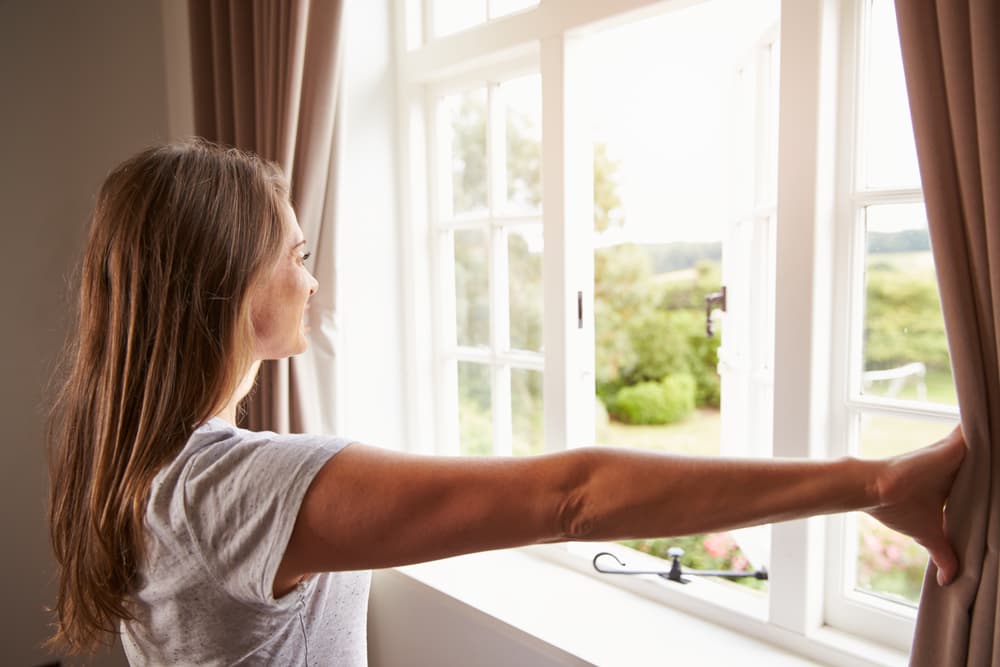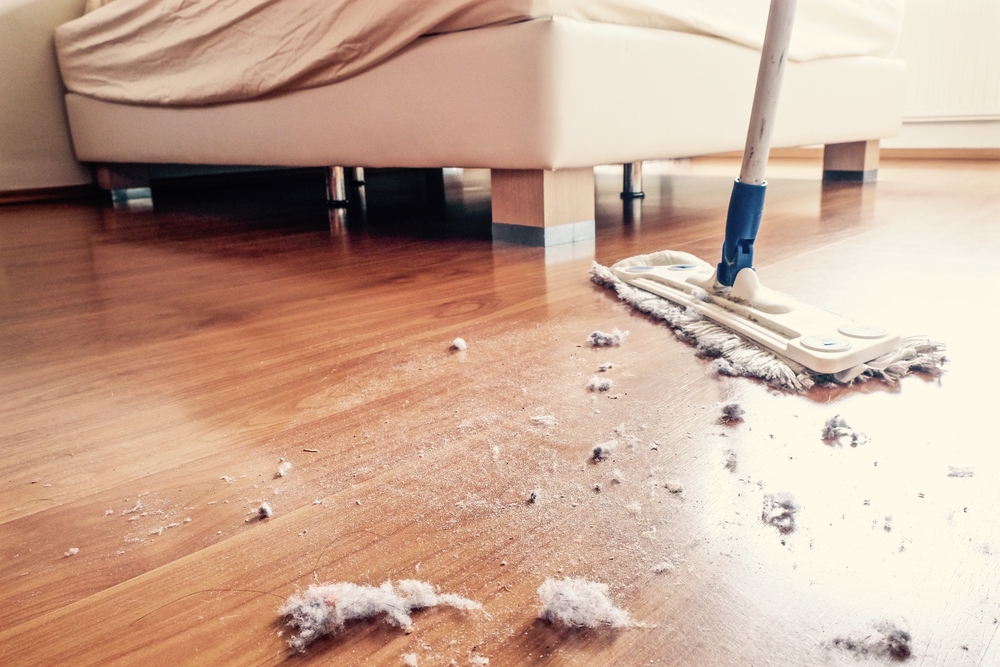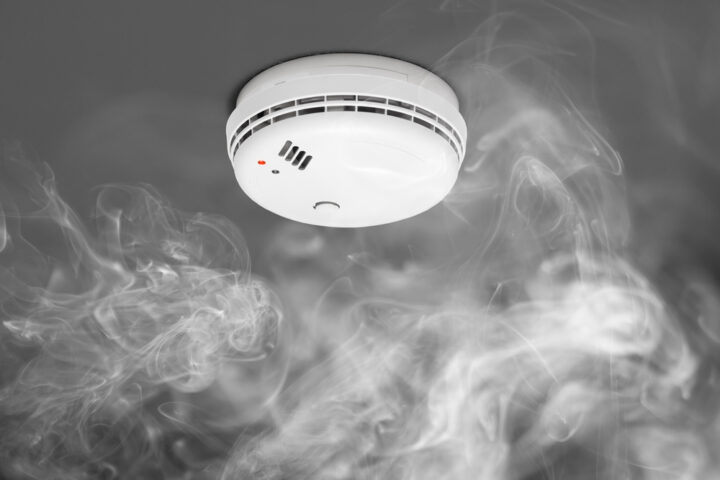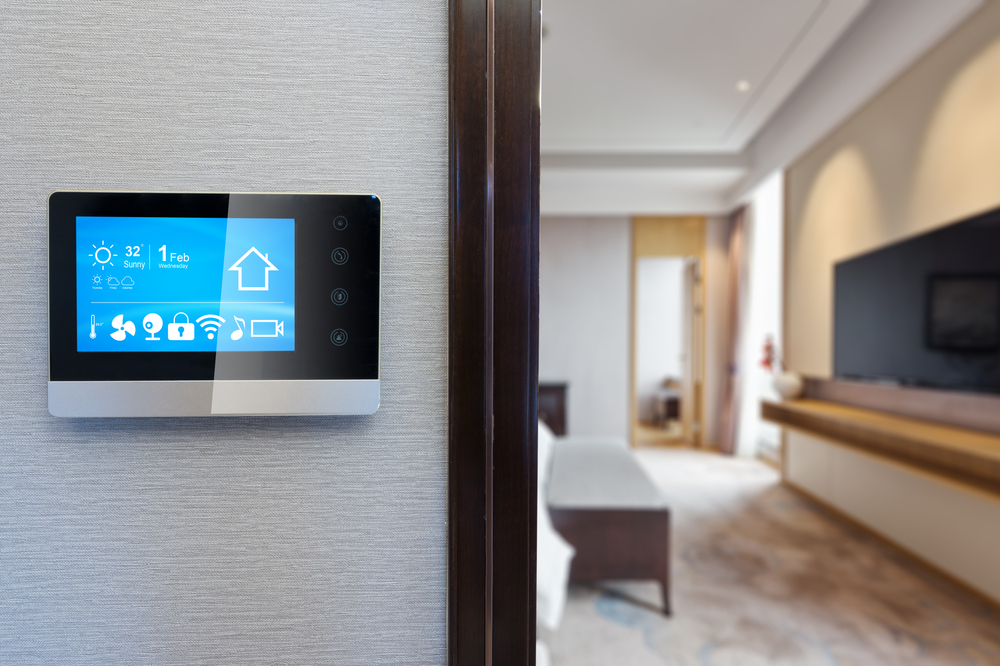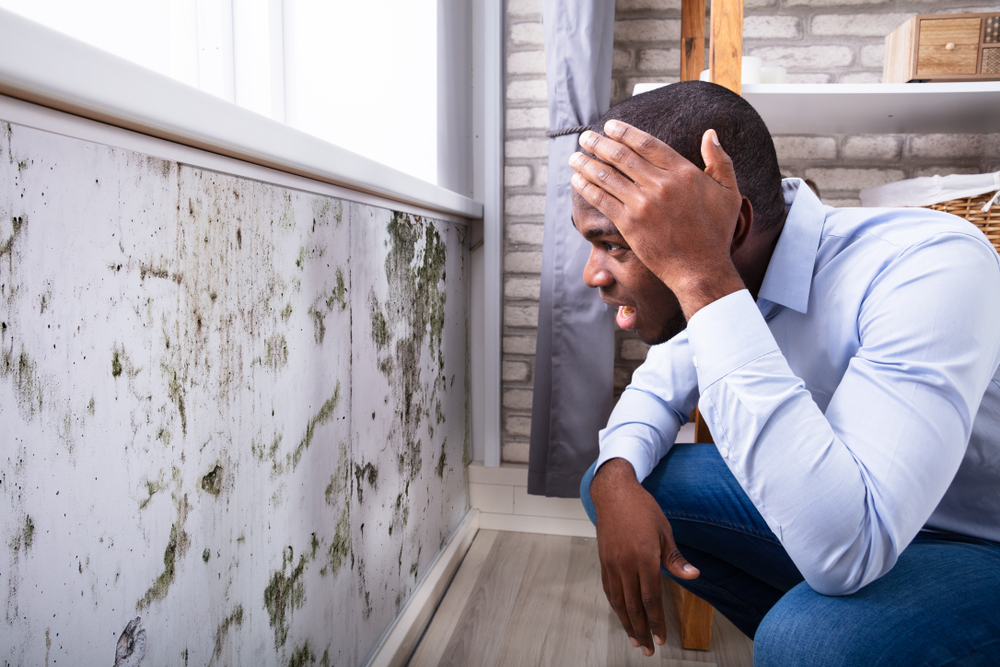With winter just around the corner, many homeowners are beginning to take extra precaution when it comes to safeguarding their indoor air quality. Now is the time to prepare for the potential issues that may manifest when the heat gets turned on for the season. Even as the temperatures start to dip, the humidity and warmth in the indoor air can introduce risks to your home. Today, let’s help you protect yours this fall with some critical elements of air quality to consider.
Take Advantage of the Outdoor Air
Contrary to popular belief, the air in indoor environments is actually more polluted than the outdoor air. To encourage air dilution, we recommend that you open your windows during the fall season while the weather permits. It is a great idea to take advantage of the fresh outdoor air while you can! Cracking a window even for a short period of time improves indoor air quality.
RSPs
Respirable suspended particulates (RSPs) – can consist of dust, pet dander, mold spores, pollen or even construction dust. They can be difficult to deal with if you don’t have an air-filtered indoor environment with balanced relative humidity. This means that we need to efficiently filter the air and control indoor relative humidity on a room-by-room basis.
Condensation
Even in the middle of October, ambient relative humidity levels can be high depending on the temperatures. We see this most prevalently during so-called “Indian summers.” This can be problematic indoors, particularly in basements and on other cooler surfaces.
Think how an ice-cold glass of soda starts to “sweat” and form a ring of moisture at its base when placed on a patio table. This process, known as condensation, can wreak havoc on organic materials such as fabrics, wood and paper, encouraging the growth of mold, fungus and potentially damaging your home in affected areas.
The Solution? Air Quality Inspections – and the Right Furnace Filter!
Adding a HEPA or MERV filter to your furnace is a great way to reduce airborne particulates and RSPs. Simply ensure their sizes match, slide it into your furnace housing, plug the low-voltage adaptor into your outlet (or connect wires to the low voltage terminal as per filter instructions), turn the furnace on and switch to “on” for continuous operation. IAQ Ottawa can also recommend energy efficient mechanical systems (HRV/ERV) to greatly improve your indoor air quality.
Want assistance with keeping your home’s air clean and safe this fall? Contact us at Indoor Air Quality today for a thorough and professional inspection.


